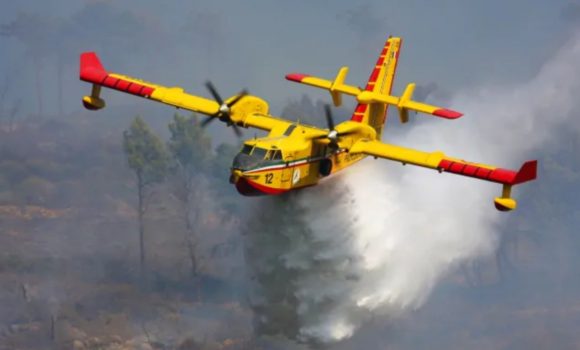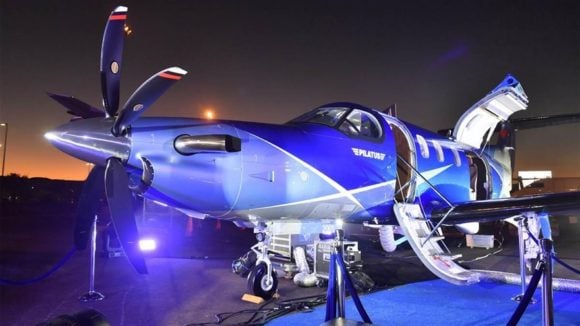A mission to bring a sick worker at the Amudsen-Scott South Pole Station back from Antarctica for medical treatment was successful concluded. That patient, and another patient that while not in as serious condition was also evacuated to mitigate risk, arrived safely in Chile for medical treatment unavailable at the research station.
The aircraft used to complete this risky flight were DeHavilland Twin Otters, which are powered by the legendary Pratt & Whitney Canada PT6 turboprop engines. The aircraft were fitted with skis to land on the unimproved runway, where special precautions were taken during the long South Pole winter that provides complete darkness from March to September, and temperatures can reach 70 degrees below zero.

One Twin Otter remained at the Rothera British base 1,500 miles away from the pole on the Antarctic peninsula while the other flew the rescue mission. The reserve aircraft was there in case it was needed to rescue the rescuers.
As the photographs show, special precautions were taken to keep the aircraft engines warm during time on the ground at such low temperatures while the crew rested and checked the weather at both the polar station and the British base. From the British base, the plane flew to Puenta Arenas, Chile bringing the patients back to facilities capable of handling their illness in Latin America.

The flights included a complete journey the from their home base in Calgary, Alberta Canada across the US, through Central America and down the Latin American cost before reaching Antartica – a very long multi-stop flight.
The Twin Otter, a utility aircraft, remains in production by Viking Aircraft based in Victoria, British Columbia, and remains one of the most versatile twin turboprops ever produced, operating in passenger, cargo, medical evacuation and other missions using wheels, skis, or floats.
Views: 6



